The headlines do their job to perfection, and they usually run something like this: “Properties in Italian town up for sale for one euro!” Who could resist such an offer?
The latest was Sambuca, a town on the Italian island of Sicily, which announced earlier this year that it was putting a series of properties on the market for one euro – which, as so many writers proclaimed, is less than the cost of a cappuccino.
A gimmick? Too good to be true? The answer is a mixture of both “yes” and “no”. Yes, many of these one-euro offerings – and similar headline-grabbing offers – require a commitment to invest tens of thousands of additional euros. But for someone with the necessary commitment, who genuinely wants to make a go of such an opportunity, the offer can fulfil the dream of a lifetime.
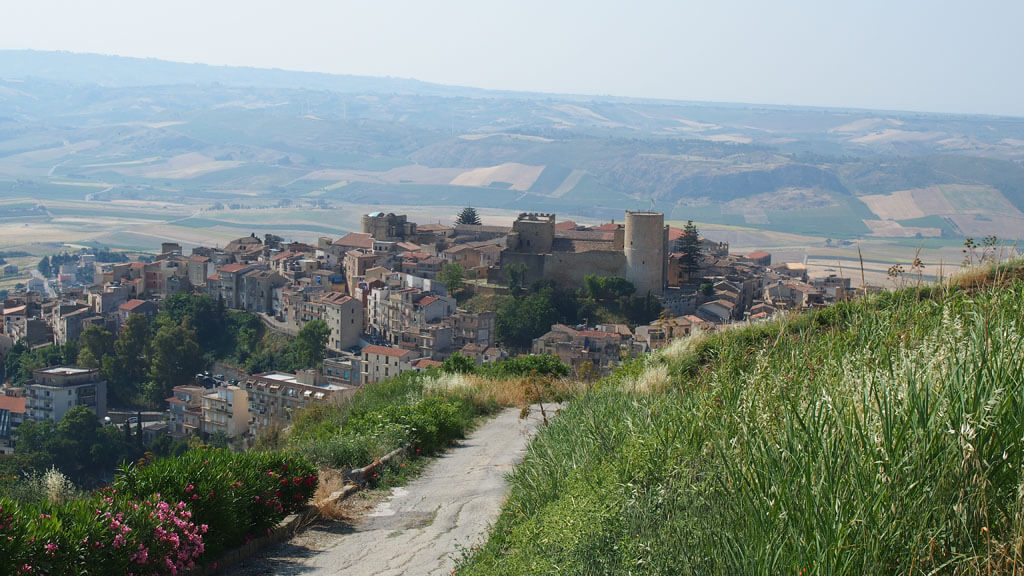
What’s The Deal?
The towns and villages making such offers do so for a variety of reasons, mostly linked to dwindling populations and economic challenges, with young inhabitants increasingly forced to look further afield for career opportunities. For existing locals, the hope is that the newcomers will help rejuvenate their village or town. They are looking to attract outsiders motivated by a wider commitment to help in the long-term revitalisation of communities – whether by living there themselves or by creating a business, often one related to boosting tourism.
Of course for the newcomers, the prospect of a bargain-price home in bucolic, rural Italy (for example) can simply be too tempting to ignore.
From Italy To The World
The origins of the so-called “euro house” trend are said to have emerged from the creative mind of Oliviero Toscani, the renowned Italian photographer and ad campaign creator known for his provocative Benetton advertisements. Toscani, so the story goes, passed on his idea in 2008 to Vittorio Sgarbi, then-mayor of the Sicilian town of Salemi. In the wake of an earthquake in 1968, many properties in the town were ruined and much of the population had left. Over the ensuing decades, the town fell into further disrepair and ruin, until Sgarbi’s intervention with his much-publicised idea of attracting people by offering 3,700 council-owned properties in the old town for just one euro a go. The quid pro quo was that buyers needed to commit to renovating the old houses in the hope of revitalising the town.
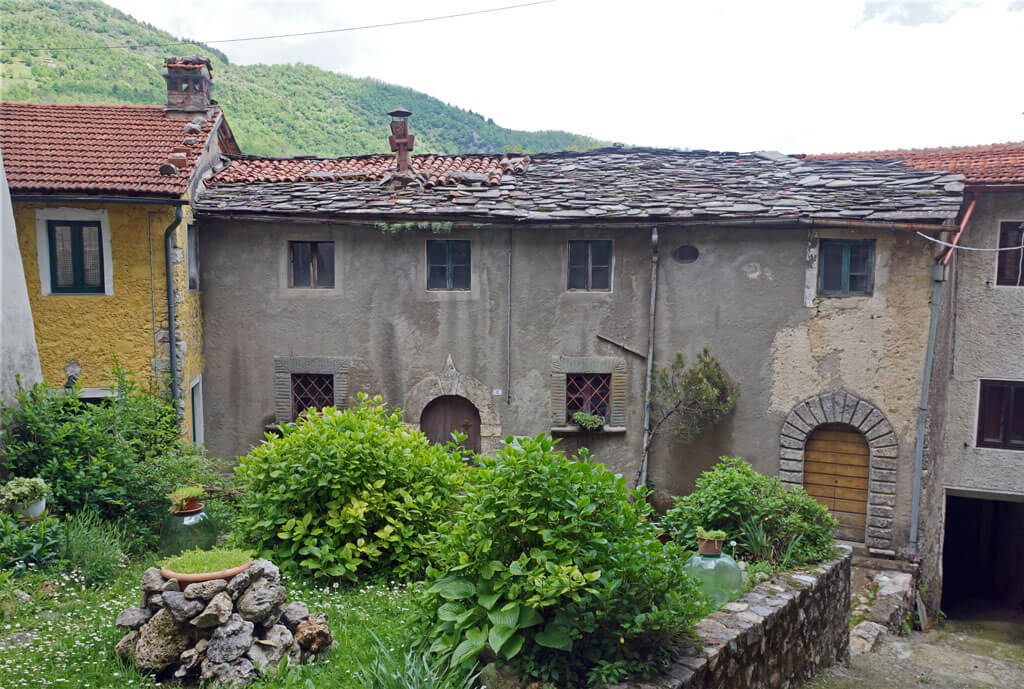
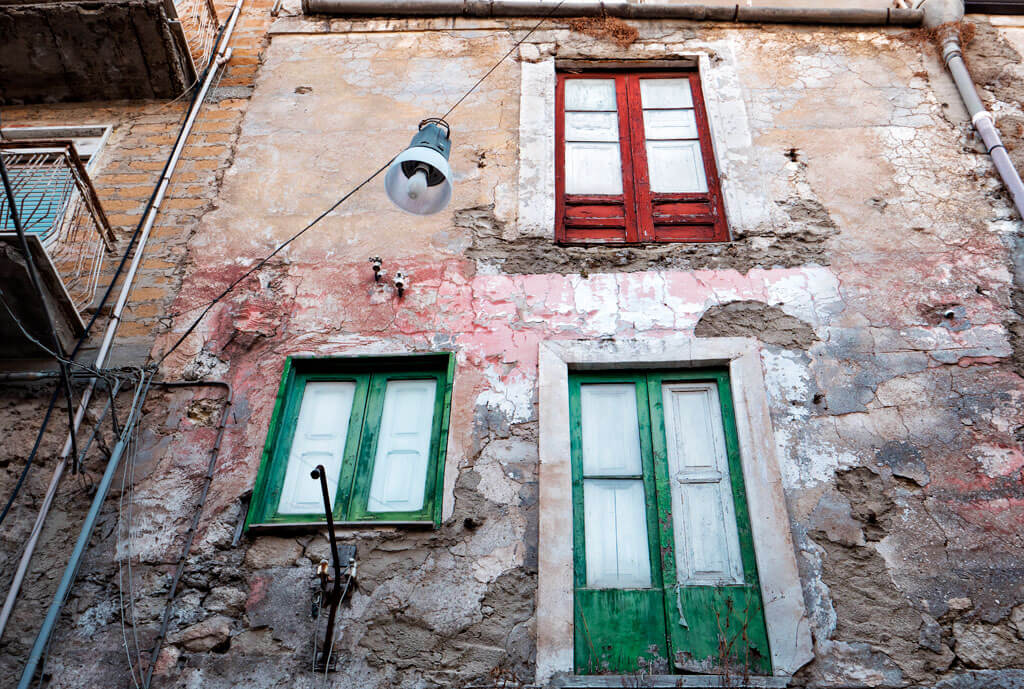
Cue The Copycat Offers
From Sgarbi’s pioneering intervention grew numerous copycat offers across Italy. And in the last year or two, there has been another burst of ‘euro house’ offerings in numerous towns across the country. In Montieri, in the Tuscan province of Grosseto, for example, the town’s mayor has introduced an initiative, with the caveat that buyers handing over the token one euro payment have to renovate the property within three years. If they fail to do so, buyers will have to hand the property back to the council.
Also in Tuscany, the town of Vetriceto recently sold for a euro what is described as a “huge farmhouse” that had been empty for four decades – it is to be converted into apartments for tourists, aimed at boosting the local economy. Further Tuscan one-euro properties are currently available in nearby Fabbriche di Vergemoli. The town has a reported 100 empty houses, which Italian newspaper Corriere della sera says have been getting interest from as far away as China, Brazil and Russia.
Similarly, not far from Rome in the region of Lazio, the old commune of Patrica – which can trace its history at least as far back as Roman times – properties are also on offer for a euro. With its hilltop location, and superb views across the Italian countryside, it’s easy to see why buyers would be tempted.
Further south in Sicily, euro properties in Mussomeli are being promoted by the local mayor with the declaration that: “Almost every house in our old town enjoys a lovely view. There is no shortage of sunshine: it only rains 20 days a year, and the panorama is unique.” There are similar Sicilian offers in Bivona and Cammarata, with the latter gaining publicity through an accompanying video showing an attractive town centre and dramatic views across the landscape.
Not all Italian euro-house appeals have been successes, but it’s clear that buyers fulfilling two criteria can help: firstly, be comfortable in the knowledge of the challenges – as a buyer, you need to have enough cash to renovate the property and understand exactly what you are taking on by becoming familiar with the locality and relevant zoning laws; and, secondly, to try to ensure you are motivated not only by the allure of picture-postcard rural Italy, but by understanding that in most cases you are working towards wider community rejuvenation.
Spain And Beyond
While perhaps not quite as enticing as sun-soaked rural Italy, the euro-home scheme has been copied in run-down urban areas of Britain, as well as France. Even the faraway Pacific island of Pitcairn offers potential newcomers incentives, by not charging them for a plot of land – though as this is one of the (self-proclaimed) “most isolated islands in the world”, don’t expect a stampede.
Rural Spain is likely a more appealing destination, and though the concept has not caught on to quite the same degree as it has in Italy, there are some good examples of communities coming up with similar offers. A 2019 article in Spanish newspaper El País reported that there were “more than 3,000 deserted villages in Spain, above all in Galicia, Castilla y León, Aragón and Asturias.” Of the many hundreds that are currently permitted to be purchased, the newspaper reports the overriding aim of trying to reverse, or at least slow, decreasing population numbers.
British, Belgians and French buyers in particular are known to have bought entire villages at knock-down prices, though a Spanish couple who recently paid just €60,000 for a six-cottage village highlights that locals are becoming increasingly interested. As of early 2019, a website dedicated to selling villages reported it had 110 on its books, with an average price “between €200,000 and 450,000”.
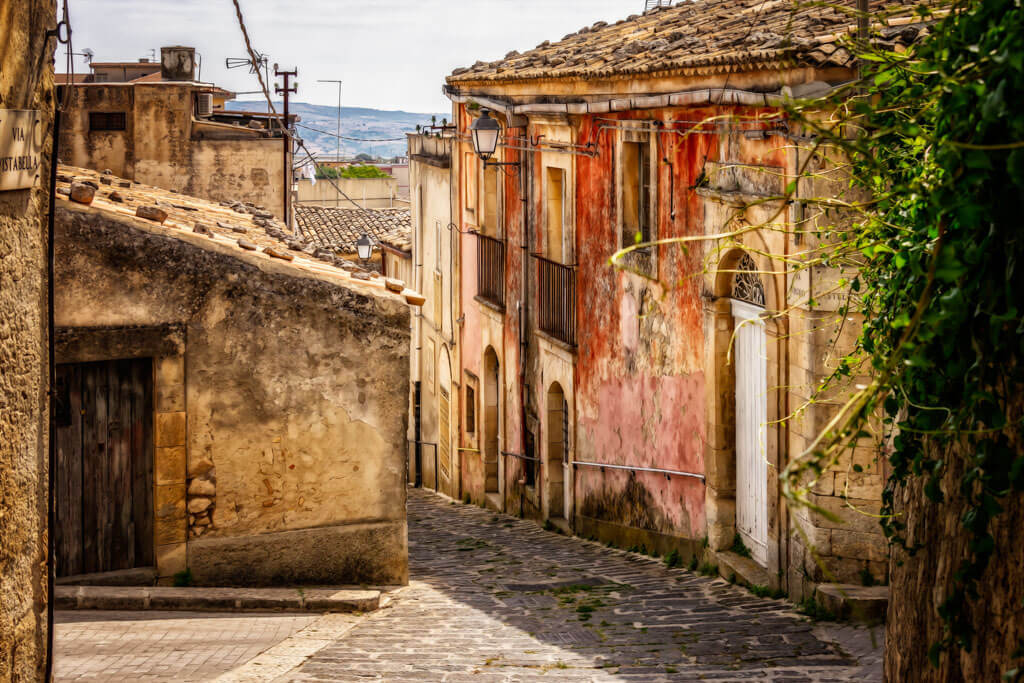
A Real Steal
It doesn’t, however, have to be that expensive. One of the best stories of bringing life back to a somewhat moribund community is that of a group of friends who together paid just €140,000 to buy an entire rural hamlet not far from Lugo, in northwest Spain. Their commitment to revitalising their new home is difficult to doubt, considering the hamlet they bought was described as a “ruin”.
The unnamed friends will all have one property each that they are committed to renovating, subsequently bringing a completely new international community to a hamlet that had been abandoned for half a century. Of course, Italy also currently has a multitude of entire villages for sale, as do many other countries, from Spain and the UK to the US and Australia.
Some places, however, have taken attracting newcomers to an altogether different level by asking them to pay precisely… nothing. In summer 2019, Greece’s Antikythera, an Aegean island which measures around 20 square kilometres and is home to a handful of people, started offering €500 and a free home – in the hope of inspiring new inhabitants to live on the island.
Sound too good to be true? Perhaps not – it seems the only caveat is that newcomers need to commit for three years.
[Photos: Salemi, stckirk/Flickr; Vergemoli, Allie_Caulfield/Flickr; Mussomeli, Marco Crupi/Flickr]

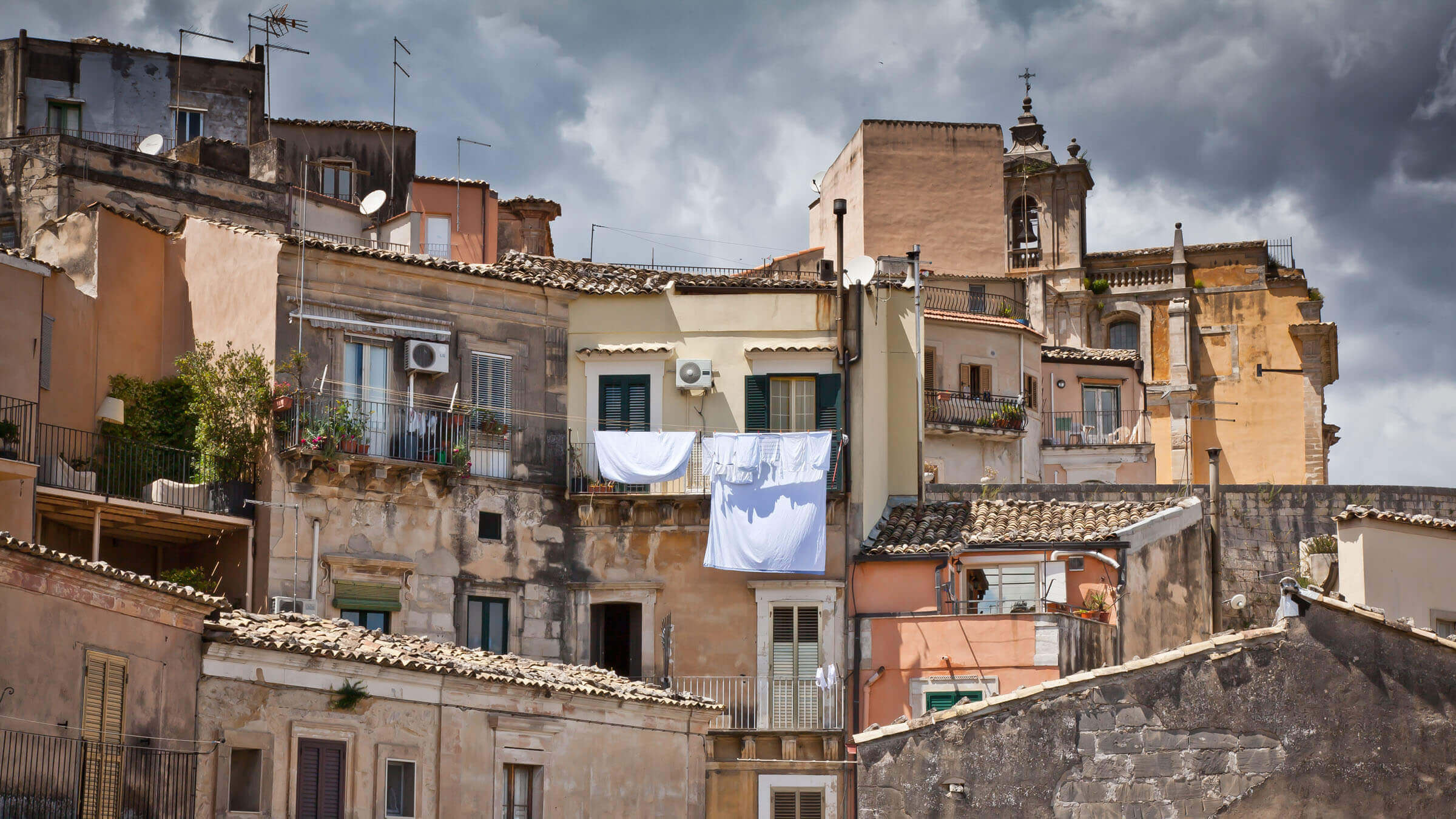









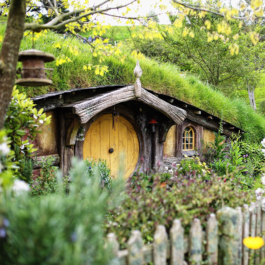


Sorry, the comment form is closed at this time.